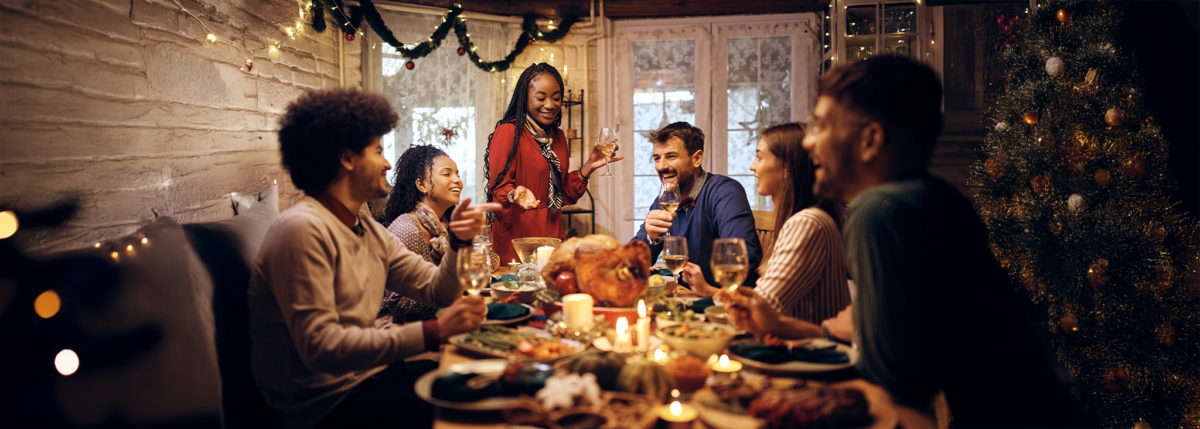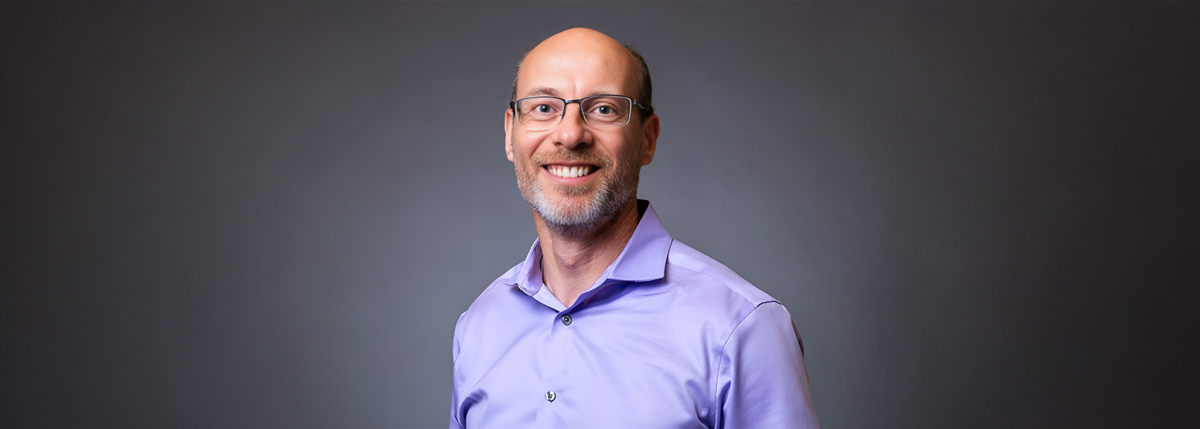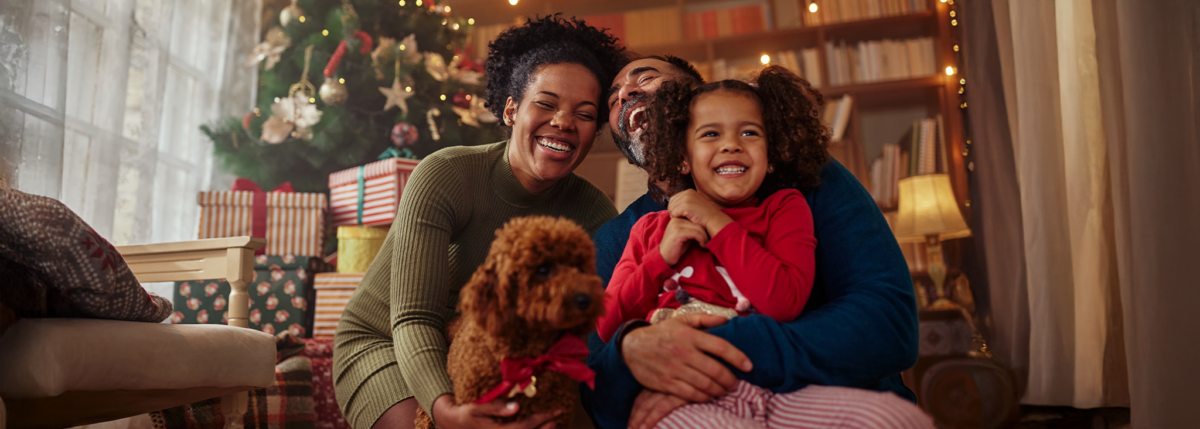Breaking Down Barriers to Diversify Diabetes Conversations
Written by: Julia Flaherty
7 minute read
March 31, 2022
Editor’s note: This interview has been edited for length and clarity.
Shaina Hatchell wears many hats. She’s a registered nurse, certified diabetes care and education specialist (CDCES), children’s book author and CEO of The Brown Skin Insulin (BSI) Collective. She recently sat down with Beyond Type 1 to share how she got started in the diabetes space, the impact of her children’s stories and her big plans for making diabetes education and resources more accessible and safe for people of color.
BT1: Thank you so much for meeting with us! We’re excited to dive into this conversation. Let’s dive into your children’s book series, “Shia Learns” first! Can you tell our readers what “Shia” is all about?
SH: Thank you for having me! I’m excited to continue to share my story and share what I’m doing with and for the diabetes community.
“Shia Learns” is a book series that I created that talks about a young Black girl who is diagnosed with type 1 diabetes and her experiences as she learns what that means. The first book, “Shia Learns About Insulin,” which can also be found in JDRF’s Bag of Hope, talks about that journey—from her parents noticing her symptoms and deciding she doesn’t feel well to taking her to the hospital and finding out she has type 1 diabetes.
I thought this was very important to create because a lot of times, I think, there are brown people who don’t notice the symptoms at first. I wanted to create a book that would (hopefully) educate parents, before symptoms appear, so they can get their child to the hospital sooner than later. Or, if they are diagnosed and those symptoms have already occurred, they could open this book and relate.
I wanted to diversify the educational materials that were provided to patients, children specifically, as they go through that experience. In the second book, “Shia Learns About Diabetes Care,” I introduced Latinx character, Carlos, who becomes Shia’s first dia-buddy. They bond over their Myabetic bags and the resources they have inside of them and how those resources help them care for their diabetes.
The third book is done—it’s just not published yet. Within it, type 1 and type 2 diabetes come together. Shia Learns about type 2 diabetes through meeting her babysitter, who talks to her about the differences and similarities between type 1 and type 2. I wanted to merge the gap between type 1 and type 2 diabetes because there are a lot of similarities, and I have seen a lot of posts on social media that don’t address or recognize them.
That’s so important! We look forward to seeing that book come out. You have mentioned before that your brother was diagnosed with type 1 diabetes as a child. During that time, do you remember what educational resources he was given? What gaps in content did you see then or do you continue to see now?
My brother was diagnosed with type 1 diabetes in 2002. When he was diagnosed, we received the JDRF Bag of Hope. We both have Rufus the Bear. There were resources inside the bag that probably helped my parents more than us. I don’t remember everything that was in there, but what I do remember is feeling like there was no representation for children that looked like me or him. Today, I feel like that is changing, and I am excited to see it. I’m seeing more resources that depict people of color on the covers, be it my children’s book or other children’s books or resources. I’m starting to see more diversified content in general.
So today, if a child is diagnosed in the inner-city of Washington D.C., for example, and they get a Bag of Hope, they can find something inside they can relate to! I’m very grateful to see that happening. I know there’s more Spanish materials being created as well. I think that’s so important, especially as a diabetes educator having worked in L.A. where I had many Spanish-speaking clients. I lacked the resources to pass along to them because the resources didn’t exist. These changes are vital as we continue on.
You’re clearly playing a big part in making these necessary changes! With all this in mind, if you were a child who was just diagnosed with diabetes, what would having a resource like “Shia Learns” have meant to you?
I think that “Shia” would’ve meant a lot to me. I’ve received messages from parents who have contacted me through my Instagram page or website who have received the Bag of Hope and have said: “thank you.” It means so much to see yourself and know you are seen by others. The greatest thing about it to me, though, is that all children can relate to the story, regardless of race. Children can relate to the book on some level, whether it’s because of something cute like they love the color purple like Shia or because they have also gone through a type 1 diabetes diagnosis. But for kids who look like Shia, it’s even more special.
You make the “Shia Learns” series so child-friendly and accessible! Who do you hope is touched the most by the series? What is the desired impact of it?
I actually want “Shia Learns” to break barriers and get into the hands of people who aren’t directly impacted by diabetes. My goal from the beginning of this series was to normalize diabetes conversations, and the only way to normalize them is to get these stories in the hands of children who do not have diabetes and might not know anyone with it yet. That way, when they do encounter someone with diabetes, they will have the knowledge of it.
My goal is when a child goes to school, they will be able to recognize diabetes in their classmates in the same way that asthma is so recognizable if a child has an inhaler. I want the conversations children have around type 1 and type 2 diabetes to feel as normal as possible, so any child with diabetes doesn’t feel so different. I think there’s a lot of room for improvement on this level of public perception. I’m hoping to get this book more mainstream so that children, parents and families who currently have no awareness of type 1 or type 2 diabetes can be an ally and empathize.
Tell us about The BSI Collective and how your books fit into its mission.
I want The BSI Collective to be an oasis where brown people can share their authentic, real stories—from what happened to them when they were diagnosed to where they are now. I have several projects in the queue to meet this goal but the ultimate goal right now is to diversify diabetes education, normalize conversations–especially in brown communities where these conversations aren’t being had–and give brown people a platform.
The beginning of The BSI Collective’s journey was creating these children’s books. I’ve also started writing a book called “#Mars” that focuses on a teenager’s experience living with type 1 diabetes.
As I grow The BSI Collective, I’m going to fall into the background. I’m going to let all brown people living with diabetes take over, and I’m going to let them share what they want to share and define how they want to be seen. I want to give them a safe space to do so.
What an incredible mission! What are some of the specific projects you’re working on now for The BSI Collective?
In addition to the books, I’m working on “The BSI Project,” which is a documentary about brown people relying on insulin. That project is going to take some time but the ball is rolling. Doing all this while working full-time can be a lot but I have a good team on my side to help make it happen!
You recently stepped down from your position at a diabetes clinic within Howard University Hospital to be able to dedicate more time to your personal work—tell us about that transition.
Working in management requires a lot more hands-on time. Because I am doing so much with The BSI Collective, I recognized I needed to have a full-time job that involved less. So, I am going to be working as a diabetes educator for children and adults but my goal is to slowly move away from that and move full-time into the business sector. I will, however, always be available for personal education and one-on-ones. I’m also looking to do some pro bono diabetes education in inner cities where I see a need for more education to be given.
Considering the future of The BSI Collective, what would the organization ideally look like for you in the next 5 or 10 years?
In the next 5 or 10 years, ideally, we’ll be on all social media platforms, creating content that is relatable to every single person—sometimes funny, sometimes informational, sometimes pulling at the heartstrings. I hope the content continues to stretch. I’m also hoping that “#Mars” does well and that “Shia” continues to do what she’s doing. I want to create even more fiction books for people who are living with diabetes. I have a lot of work to do and a lot of ideas! I’m hoping to have a central location where people can come to learn more about brown people on insulin.
I look forward to seeing it happen! What do you most hope that people take away from The BSI Collective now and in the future?
That it’s important to make space for all people, whether we’re talking about diabetes or else. Everyone deserves a safe space to share their stories, and you’d be surprised at how many people are looking for safe spaces to hear other people’s stories as well. I want people to be able to release and find their space, and just be—be heard, be understood, be cared for. That is the path I’m embarking on. As long as all that is happening, I’ve reached my goals. I’m not looking for a big payout—I’m looking for a big impact.
I’m hoping to help people who felt similar to my brother when he was growing up with type 1 diabetes. I want everyone to have a space to let their hair down and share about when their diabetes is going well or when it’s hard.
Today, Hatchell’s work on The BSI Collective is supported by close friends but Hatchell hopes to hire soon. On that, Hatchell says: “Stay tuned!” Learn more about Shaina Hatchell’s work at TheBSICollective.com.

Author
Julia Flaherty
Julia Flaherty is a published children’s book author, writer and editor, award-winning digital marketer, content creator and type 1 diabetes advocate. Find Julia’s first book, “Rosie Becomes a Warrior.” Julia finds therapy in building connections within the diabetes community. Being able to contribute to its progress brings her joy. She loves connecting with the diabetes communities, being creative and storytelling. You will find Julia hiking, traveling, working on her next book, or diving into a new art project in her free time. Connect with Julia on LinkedIn or Twitter.
Related Resources

The holiday season is filled with celebrations, family gatherings, and plenty of holiday foods. No...
Read more

Managing diabetes is a complex and often overwhelming journey—even nine years after my daughter's diagnosis....
Read more

The holiday season is all about celebration, family, and joy—with a little chaos sprinkled in...
Read more

